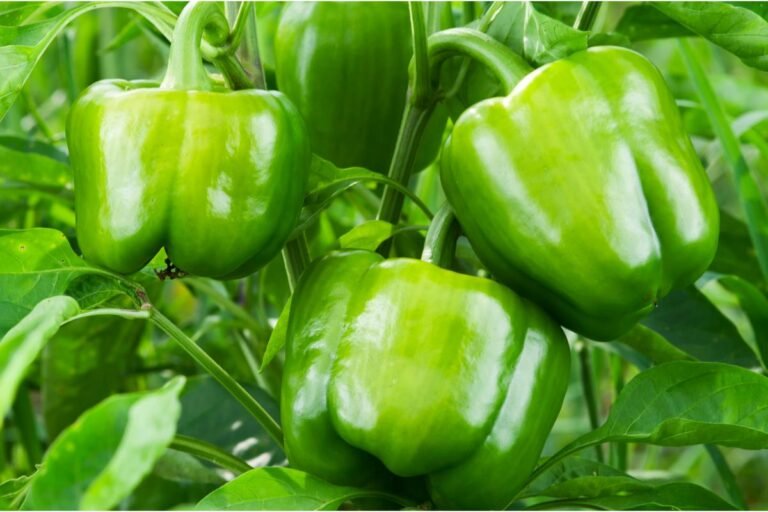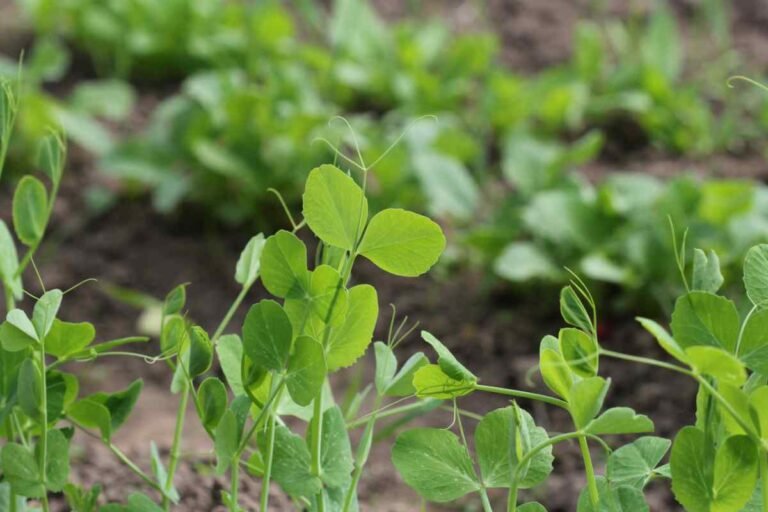A Step-by-Step Guide to Growing Zucchini in a Pot
Growing zucchini in a pot is an excellent way to enjoy fresh, homegrown produce even in small spaces. Container gardening is ideal for those who lack the space for traditional in-ground gardens, as it allows gardeners to grow a variety of vegetables on their patios, balconies, or rooftops. In this comprehensive guide, we will cover everything you need to know about growing zucchini in a pot, from selecting the best zucchini variety for containers to caring for and harvesting your plants.
Choosing the Right Zucchini: Categories and Varieties
There are numerous zucchini varieties to choose from, but some are better suited for container gardening than others. Here are some popular zucchini varieties that are well-suited for growing in pots:
Compact Bush Varieties
Compact bush varieties are ideal for container gardening, as they have a smaller footprint and don’t require as much space to grow. Some popular compact bush zucchini varieties include:
Patio Star Zucchini
A dwarf variety that produces an abundant harvest in a small space, perfect for growing zucchini in a pot.
Zucchini Astia
A French bush variety specifically bred for container gardening, with a compact growth habit and resistance to powdery mildew.
Bush Baby Zucchini
Another compact variety, perfect for small gardens and containers, producing small, tender zucchinis with a rich flavor.
Vining Zucchini Varieties
Vining zucchini varieties grow on long vines and can be trained to grow vertically on trellises or other support structures. While these varieties can be grown in containers, they will require more space and support. Some popular vining zucchini varieties include:
Black Beauty Zucchini
A classic heirloom variety, known for its dark green, tender fruits. Can be grown in containers with proper support.
Vining Zucchini
A general term for zucchini varieties that grow on vines and can be trained to grow vertically on trellises or other supports.
Selecting the Ideal Pot
The ideal pot for growing zucchini in a container should be at least 18 to 24 inches in diameter and 12 to 18 inches deep, allowing enough room for the zucchini root system to develop. A pot with drainage holes is essential to prevent root rot and other water-related issues. Consider using fabric pots or growing bags, which allow for better root aeration and prevent the risk of overwatering.
Soil and Fertilizer Requirements
Choose a high-quality, well-draining potting mix for your zucchini plants. Amend the soil with a slow-release organic fertilizer before planting, following the manufacturer’s instructions for application rates. Regularly feed your zucchini plants with a balanced liquid fertilizer throughout the growing season to ensure optimal growth and fruit production.
Germinating Zucchini Seeds
Before planting zucchini seeds in your pot, you can start them indoors to get a head start on the growing season. To germinate zucchini seeds, simply place them in a damp paper towel, seal it in a plastic bag, and store it in a warm, dark place for about a week. Check daily for signs of germination, and plant the seeds in pots once they have sprouted.
Planting Zucchini Seeds in Pots
Once your zucchini seeds have germinated or if you’re planting seeds directly, sow them about 1 inch deep in the prepared potting mix. Plant 2-3 seeds per pot and thin them to the strongest seedling once they have developed their first true leaves. Place the pot in a sunny location, ensuring your zucchini plants receive at least 6-8 hours of sunlight daily.
Zucchini Water Requirements and Care
Zucchini plants need consistent moisture, especially during the fruiting stage. Water your zucchini plants regularly, ensuring that the soil remains evenly moist but not waterlogged. Generally, you should water zucchini plants every 2-3 days or when the top 1-2 inches of soil feels dry to the touch. Be sure to water at the base of the plant to minimize the risk of disease.
Zucchini Sunlight Requirements
Zucchini plants thrive in full sun, requiring at least 6-8 hours of direct sunlight each day for optimal growth and fruit production. If your container garden is located in a partially shaded area, consider using a reflective surface, such as aluminum foil or a whiteboard, to direct additional sunlight onto the plants.
Supporting Zucchini Plants in Containers
While some compact zucchini varieties may not require support, larger or vining varieties can benefit from a trellis or support structure to keep the plant upright and prevent the fruits from touching the ground. A simple trellis or tomato cage can be used to provide support for your zucchini plant in a pot. Simply insert the support structure into the container and gently guide the zucchini plant as it grows, securing it to the trellis with soft ties as needed.
Dealing with Common Zucchini Pests and Diseases
Like all garden plants, zucchini can be susceptible to pests and diseases. Some common issues to watch for include:
Squash Vine Borer
These pests can cause significant damage to zucchini plants by boring into the stems. To prevent infestations, cover the base of the plant with a physical barrier, such as aluminum foil, or apply organic pesticides like Bt (Bacillus thuringiensis) to the affected areas.
Powdery Mildew
This fungal disease can be identified by a white, powdery substance on the leaves. To prevent and treat powdery mildew, increase air circulation around the plant, and apply a fungicide or homemade solution, such as a mixture of water and baking soda.
Aphids
These small, sap-sucking insects can cause damage to zucchini plants by weakening the plant and spreading diseases. Control aphids by introducing beneficial insects like ladybugs or applying insecticidal soap or neem oil to the affected areas.
Harvesting Your Zucchini
Zucchini is best harvested when it is young and tender, typically when the fruit is about 6-8 inches long. Use a sharp knife or pruning shears to cut the zucchini from the plant, being careful not to damage the stem. Regular harvesting encourages the plant to produce more fruit throughout the season.
Final Thoughts
Growing zucchini in a pot is a rewarding and enjoyable way to produce fresh, homegrown vegetables in limited spaces. By following this step-by-step guide, selecting the right zucchini variety, and providing proper care, you can enjoy a bountiful harvest of delicious zucchini all season long. With a little planning and attention, you’ll be well on your way to enjoying the fruits of your labor from your very own container garden.
Let’s Have a Quick Overview – FAQs
How often should you water zucchini plants in pots?
Water zucchini plants every 2-3 days or when the top 1-2 inches of soil feels dry to the touch. Keep the soil evenly moist but avoid waterlogging to prevent zucchini root rot.
Can I grow vining zucchini varieties in a pot?
Yes, you can grow vining zucchini varieties in a pot, but they will require more space and support. Use a large container and provide a trellis or other support structure for the vines to grow vertically.
Do zucchini plants need support in a container?
Compact bush zucchini varieties may not require support, but larger or vining varieties can benefit from a trellis or support structure to keep the plant upright and prevent the fruits from touching the ground.
How much sunlight do zucchini plants need?
Zucchini plants need at least 6-8 hours of direct sunlight each day for optimal growth and fruit production. Ensure your container garden receives sufficient sunlight or use reflective surfaces to direct additional light onto the plants.
How much space does a zucchini plant need to grow in a pot?
For compact bush zucchini varieties, a container with a minimum depth of 12 inches and a diameter of 18-24 inches is recommended. Vining zucchini varieties may require larger containers and additional support structures.







